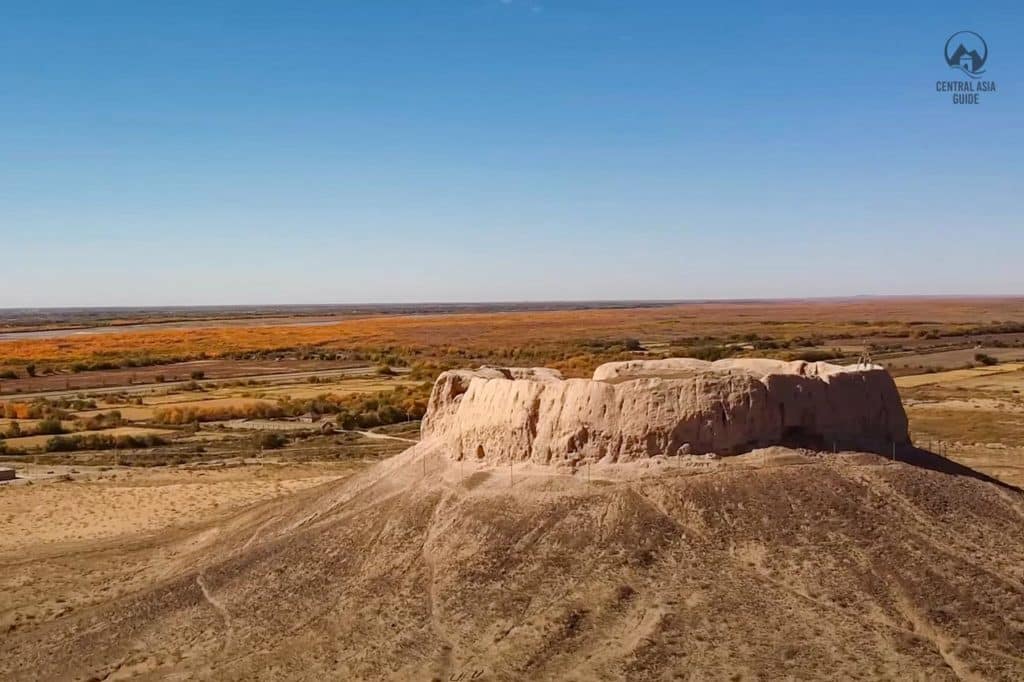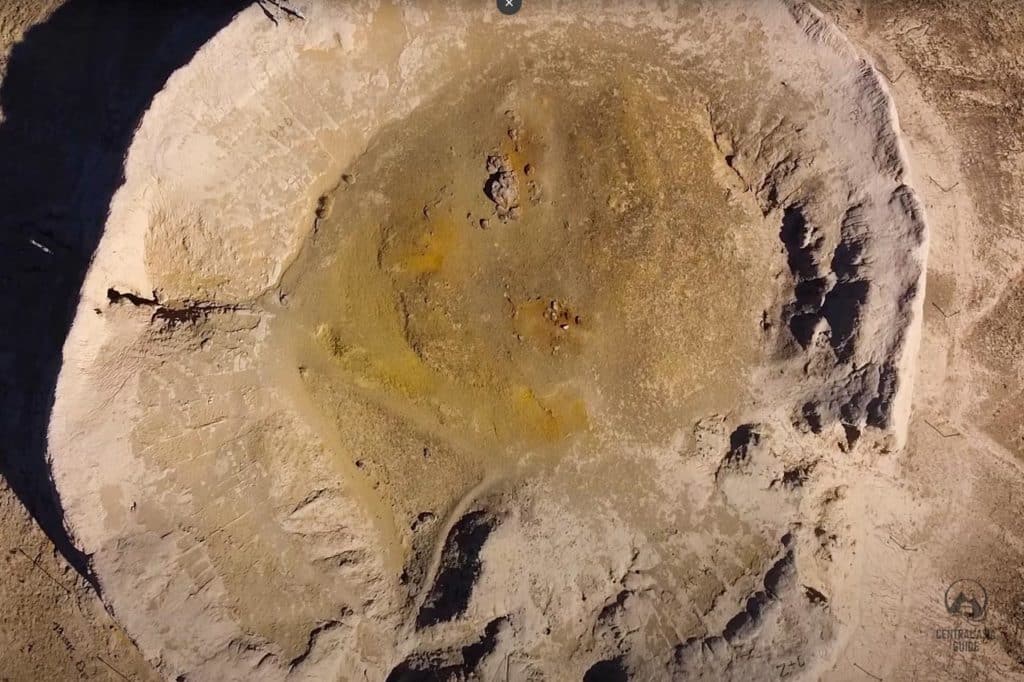Chilpik Dakhma
Chilpik Dakhma - Zoroastrian
"Tower of Silence"
Chilpik dakhma, also known as a Tower of Silence is a round raised structure, founded by Zoroastrians for burial of corpses to be exposed to carrion birds, usually vultures. It is the earliest example of the traditional funerary ritual, built somewhere between the 1st century BC and 1st century AD. Zoroastrianism is an ancient religion that has a strong following in some areas in Asia, where a corpse is considered impure and should not be allowed to pass on its impurity to the elements around it, particularly to the element of fire, which is believed to be holy. Therefore this dakhmas, or Towers of Silence, were built for laying the dead to rest. Chilpik Dakhma is included in many of our Uzbekistan Tours and Central Asia Tours.
The body of a dead Zoroastrian was placed on a depression in the circular platform and exposed to both the elements and birds of prey, which feed on the flesh, leaving behind the bones, which are then buried later. The use of these towers was first reported more than 2000 years ago, though the English term “Tower of Silence” didn’t come into use until the 19th century when it was invented by a British translator stationed in colonial India.
Chilpik dakhma is one of the most easily accessible monuments in Karakalpakstan. It is located on the Northeast bank of the Amu Darya, about 44 km Southeast from Nukus and just 6 km downstream from the bridge at Kipchak town. The distinct hat-shape form of Chılpıq stands out as the one prominent features on the west side of the road between Nukus and Urgench and you can see Chilpik Dakhma already from far far away ias it stands in the otherwise almost completely flat desert horizon, rising almost like a skyscraper, towering over the landscape. It is a truly enormous monument of huge proportions, especially when you take into account the time when it was built.


Tower of Silence
Guests can climb on top of the tower of silence to admire the desert view that carries easily also to Turkmenistan side of the border. The only way to the to the top used to be a set of stairs facing the Amu Darya (Oxus in the past). Wind and rain have decimated those stairs along time ago but at the same time carved out several new access points that can now be used to climb up.
The top of the platform is uneven and it is hard to see any remains there as the structures and other objects have been washed away a long time ago. The stone and loosely compacted mud that Chilpik is built of, will keep on eroding until the whole tower is just a bump in the desert. This all said it is still a place where one can have a sense of the old religion and culture and imagine all the dead bodies being eaten by the birds of prey and the memory of them being washed away by the winds of the desert.
More information about the Zoroastrian towers of silence.